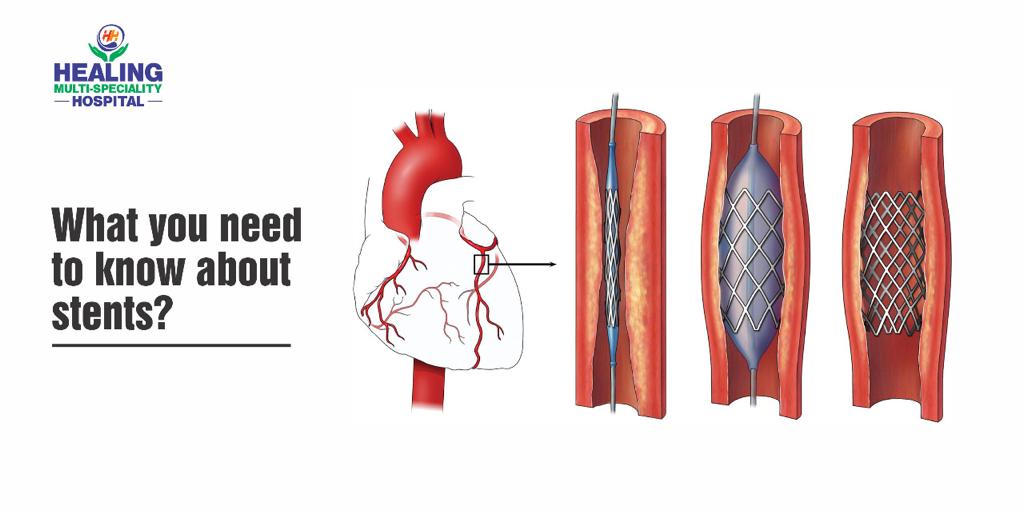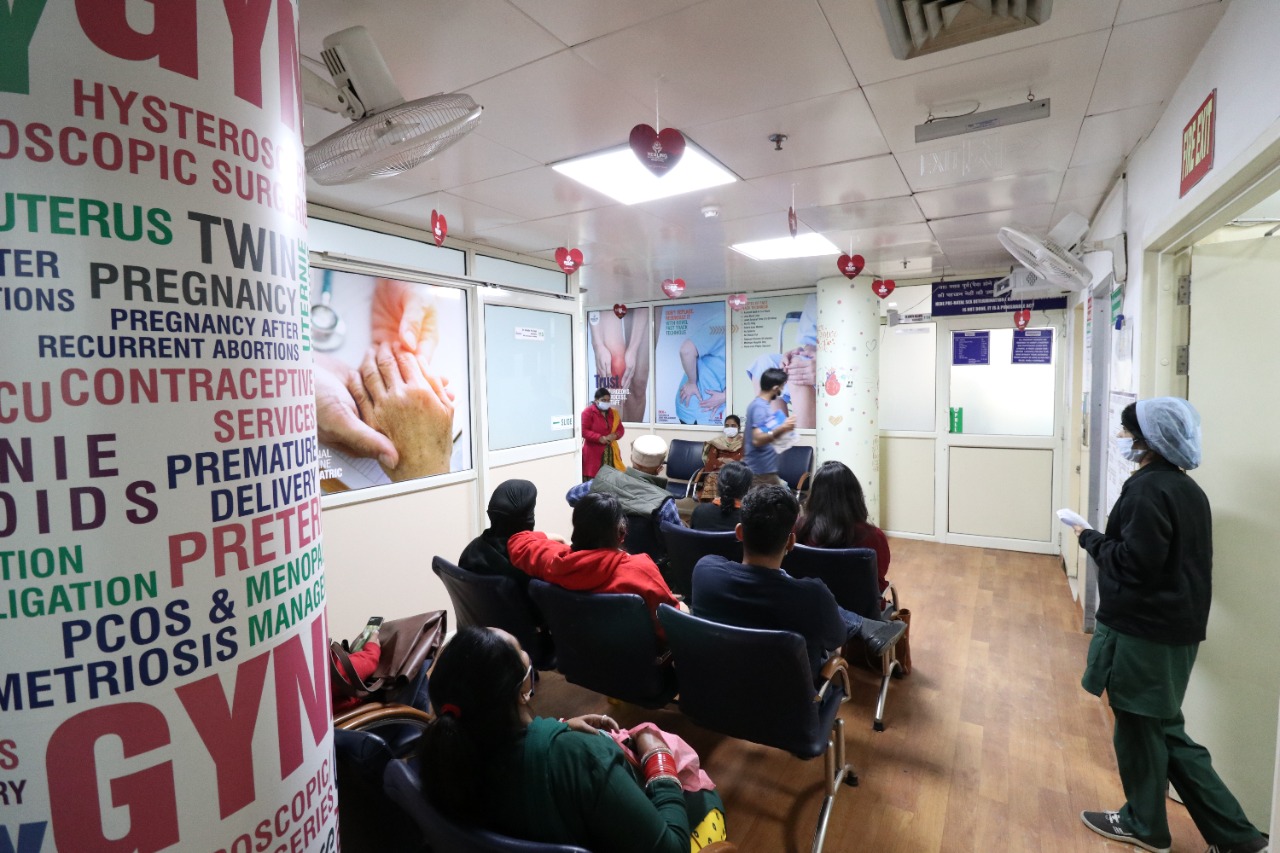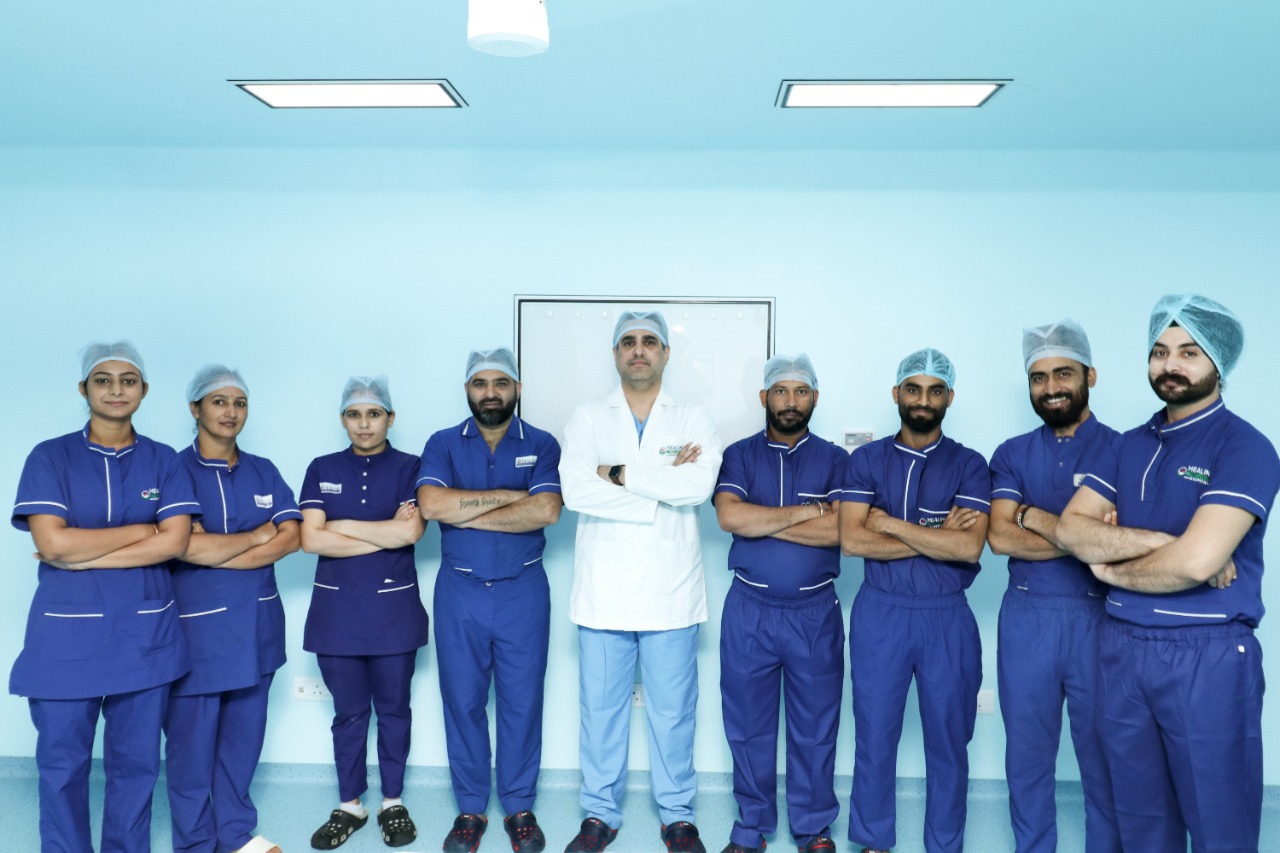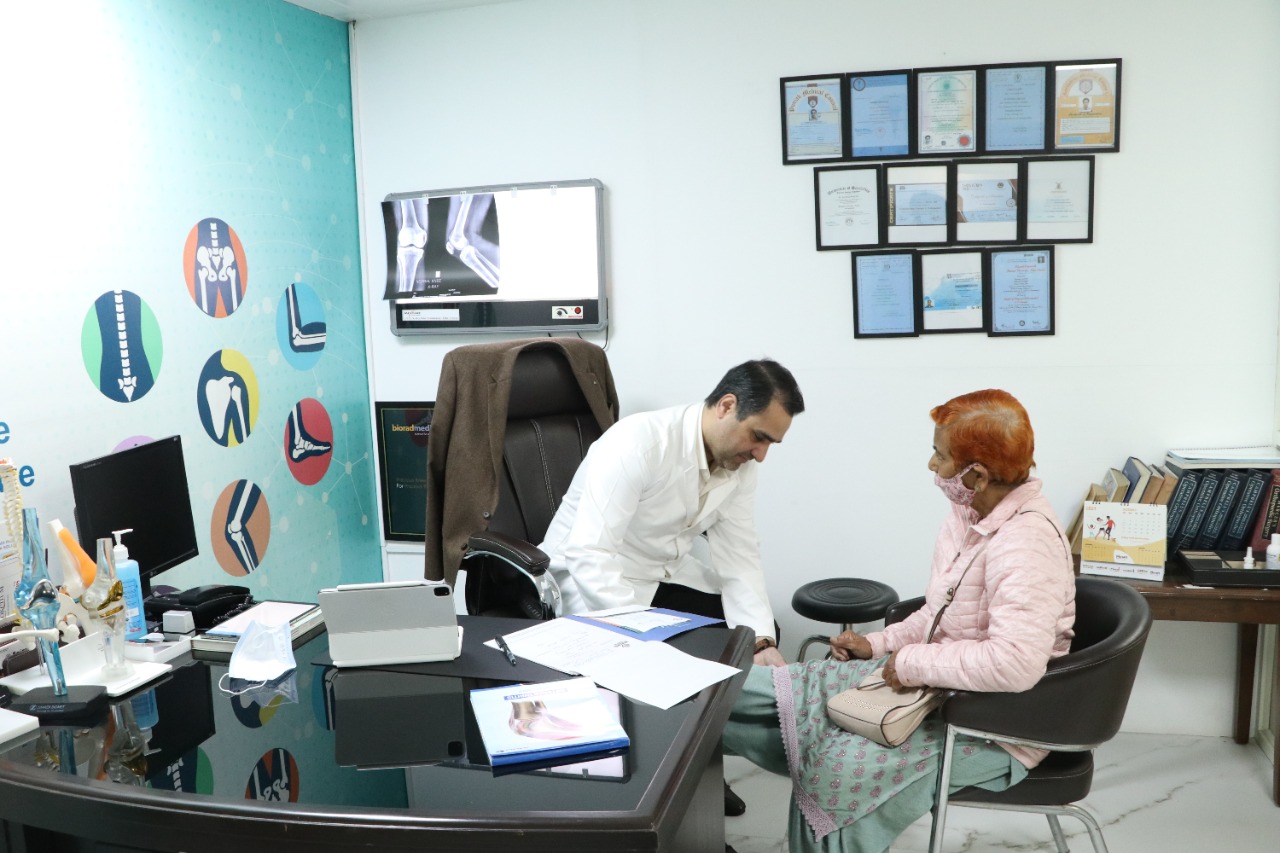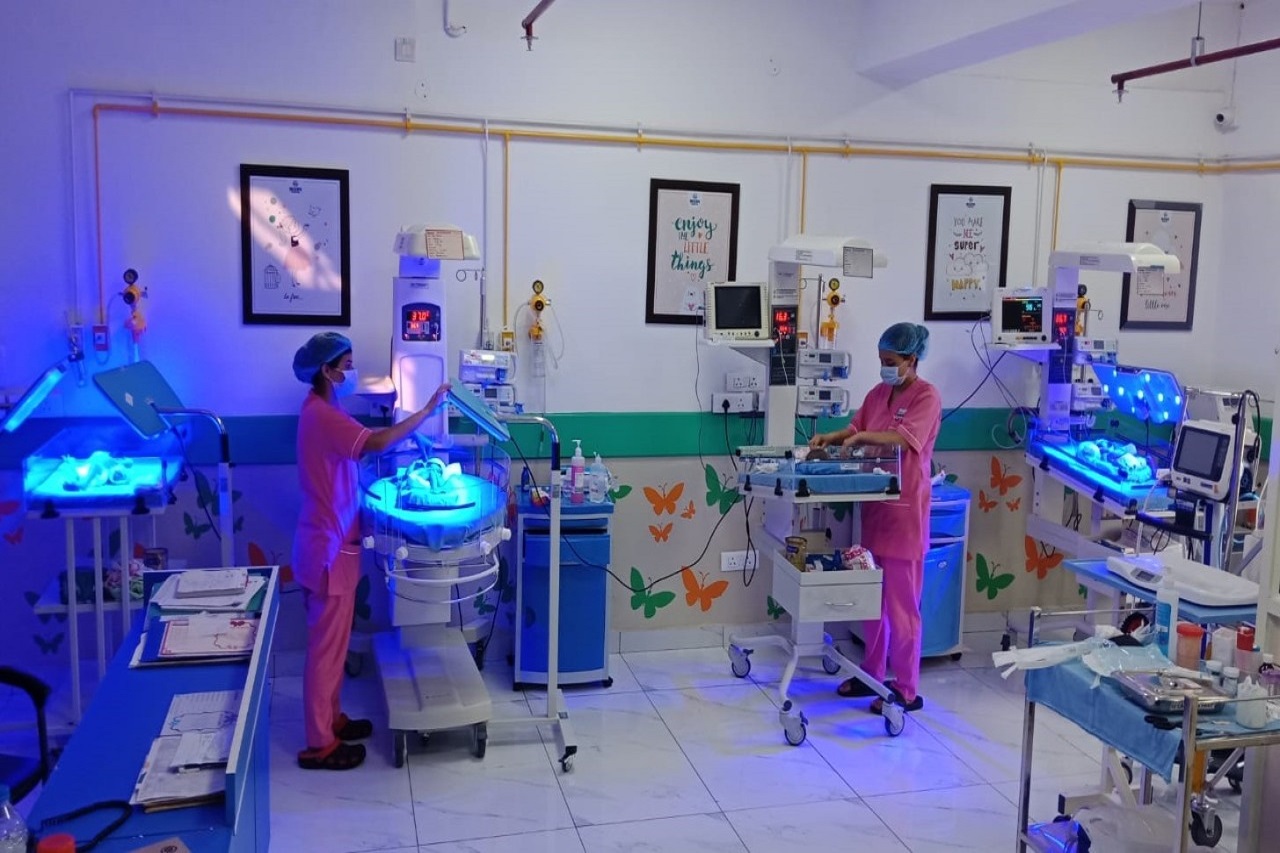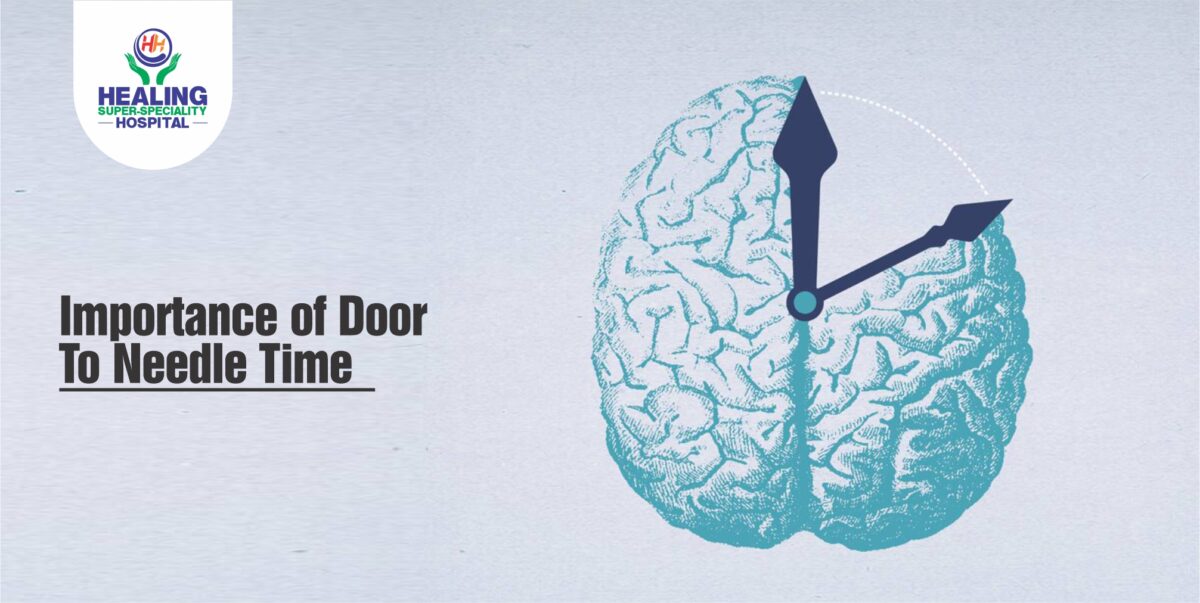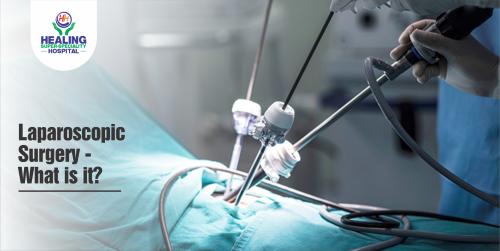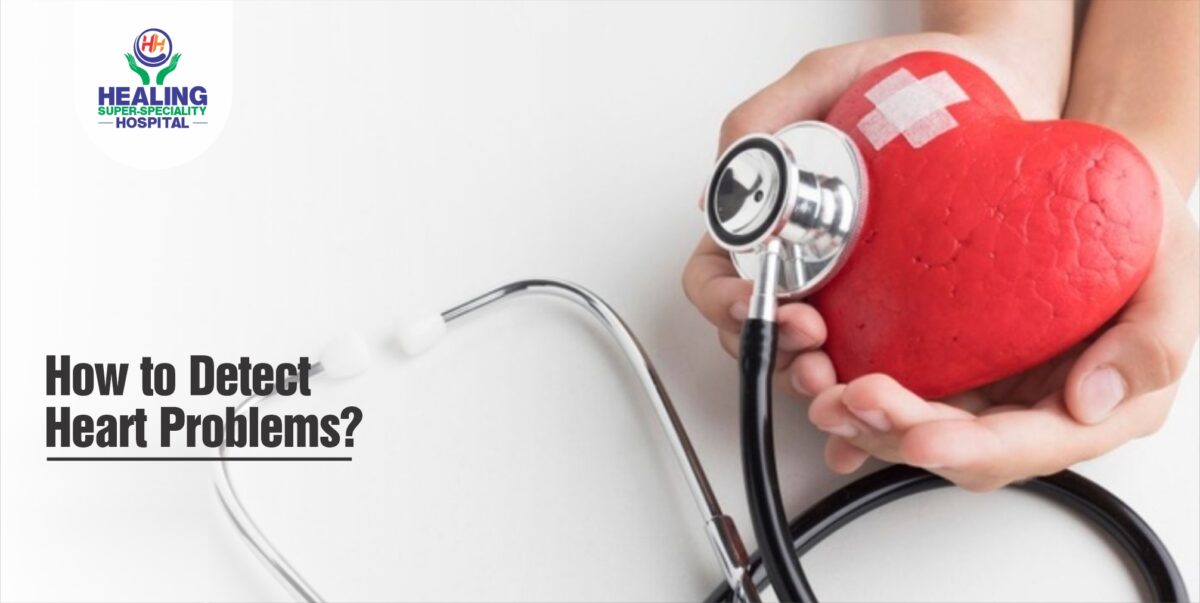A stent is a tiny tube which is inserted into a blocked artery or duct to keep it open. The stent restores the flow of blood or fluids, depending on where it is placed. They may be made up of metal mash, plastic or fabric. The estimated figure of people getting artery stents every year ranges in millions.
In this article, we’ll understand the uses of stents, preparation and procedure of the stent surgery, recovery from the surgery, and risks associated with them.
Contents: Uses of stents Preparation and Procedure Recovery after the stent surgery Risks associated with stent surgery Takeaway |
Uses of stents
One of the most common uses for a stent is to open blood vessels that have plaque blockage. Plaque is an accumulation of cholesterol, fat, and other substances found in the blood. When this plaque gets collected in the bloodstream, it sticks on the walls of the arteries thus interrupting the blood flow.
The accumulation of plaque in arteries can cause coronary heart disease and may lead to severe pain the chest. If not treated in time, it can lead to stroke or heart attack.
Stents may also be used for:
- Bile ducts which carry bile between the organs and small intestine
- Blood vessels in brain or aorta which are at risk of aneurysm
- Bronchi (small airways in the lungs) which may be at the risk of collapse
- Ureters (tubes which carry urine from kidneys to the bladder)
Preparation and Procedure

If a stent is being placed in a blood vessel, prepare by doing the following:
- Inform the doctor about the medications you take and ask if you need to stop taking any of them.
- Quit Smoking if you do.
- Inform the doctor if you are sick before the surgery.
- Arrive as early as you can to the hospital on the day of surgery.
- Abstain from drinking water or any other fluids at the night before the surgery.
How is a stent surgery performed?
In today’s time, a stent is inserted using a minimally invasive procedure. Putting a stent in an artery is known as Percutaneous Coronary Intervention (PCI), or angioplasty with stent.
During the process, a catheter is inserted into the artery. It has a small balloon with a stent around it on one end. Catheter guides specialized tools through the blood vessels to reach the stent area. One of these tools may have a camera for help in guiding of the stent.

When the catheter reaches the point of the blockage, the doctor inflates the balloon and when it happens, the stent expands and gets locked in the place. After all this process has been done, the catheter and other tools are removed, leaving the stent in place of the blockage and then the incision is closed.
Book an appointment with the best heart specialist hospital in Chandigarh here: https://healinghospital.co.in/cardiology-department/
Recovery after the stent surgery
After the surgery is complete, a mild soreness can be felt at the site of incision which can be treated with some pain killers. You may be required to stay at the hospital for a day or two. People are usually able to get back to their normal lives within a week.
However some precautions must be taken for full recovery of the patient. He/she should refrain from doing strenuous activities while the body is healing. Also plenty of water and fluids should be taken along with all the medications prescribed by the doctor.
Risks associated with stent surgery
Every surgery involves a certain extent of risk, however rare the chances may be. Risks associated with a stent surgery are given below:
- Bleeding from insertion site
- Allergic reactions
- Infections from insertion
- Damage to the arteries
- Irregular heartbeat
- Damage to the kidneys
- Restenosis (too much tissue grows around the stent)
- Blood clotting
It is significant to mention that the chances of these risks occurring from a stent surgery happen in very exceptional cases.
Takeaway
While a stent surgery can relieve complications such as chest pain and other problems, a set of precautions still must be taken for prevention from atherosclerosis and coronary heart disease. Certain changes in the lifestyle are recommended for a healthy well-being which include eating healthy, exercising regularly, quit smoking and trying to remain stress free.
Consult the best cardiologist in Tricity for a safe stent surgery: https://healing2.tarefadesigning.com/cardiology-department/




